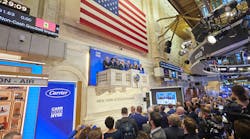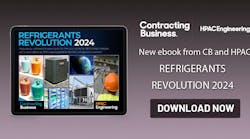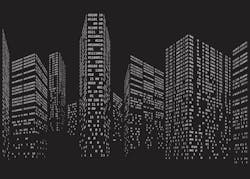“Smart” cities use a mix of information, energy, and social technologies for environmental sustainability, economic prosperity, and livability. Being smart, however, is not enough; they also need to be agile, making technology choices that let citizens adapt and improve on solutions, Lux Research says in a new report.
By 2050, about two-thirds of the world’s population will live in urban centers, a migration of billions of people that will challenge governments to maintain air and water quality, health and safety, and economic and social prosperity. Top-down technological solutions will be unable to support the scale and diversity of changes that will happen over that time and risk turning cities into environmental and social dystopias.
“Cities are under threat, but they also remain nodes of innovation that will test, pilot, and deploy technologies that address the biggest threats to humanity,” Alex Herceg, Lux Research analyst and lead author of the report, titled “Cities as Technologies: Using Data and Analytics to Grow From Smart to Brilliant,” said. “The key to success will be a learning mindset that allows open technologies, allowing cities to embrace disruptive technologies of tomorrow.”
Lux Research analysts evaluated technologies and providers, identifying best practices in:
- Air, water, and other natural resources. Beijing struggles with dismal air quality, while many other cities struggle with water or other natural resources. Analytics vendors are jumping in to help. IBM Smarter Water, for example, is developing networking solutions aimed at reducing water and energy use.
- Electric, autonomous transportation. Though public transit can alleviate pollution, congestion, parking, and a host of other environmental and practical ills, ridesharing services such as Uber, as well as Apple’s rumored autonomous electric car, may be cheaper, better ways to move people and goods in city spaces.
- Physical safety and security. Though city dwellers worry about threats such as earthquakes, snowstorms, crime, and terrorism, they also are concerned about pervasive surveillance from police drones and spyware. Citizen-led hackathons can provide better technologies and a balance of power, as Nairobi’s Ushahidi shows.
To view “Cities as Technologies: Using Data and Analytics to Grow From Smart to Brilliant,” go to https://portal.luxresearchinc.com/research/report_excerpt/20871.










